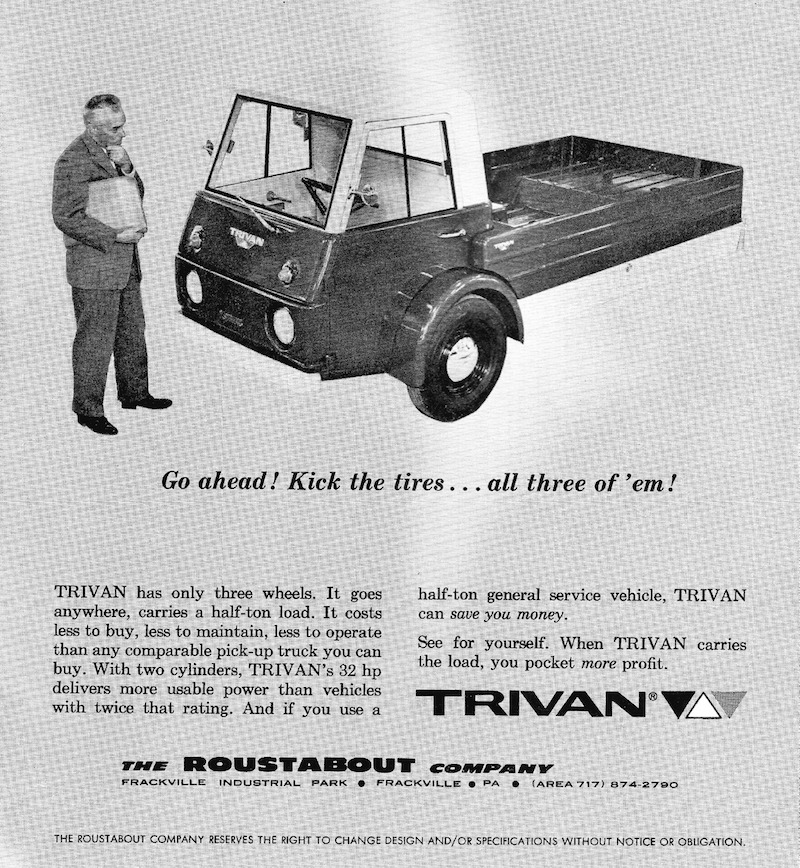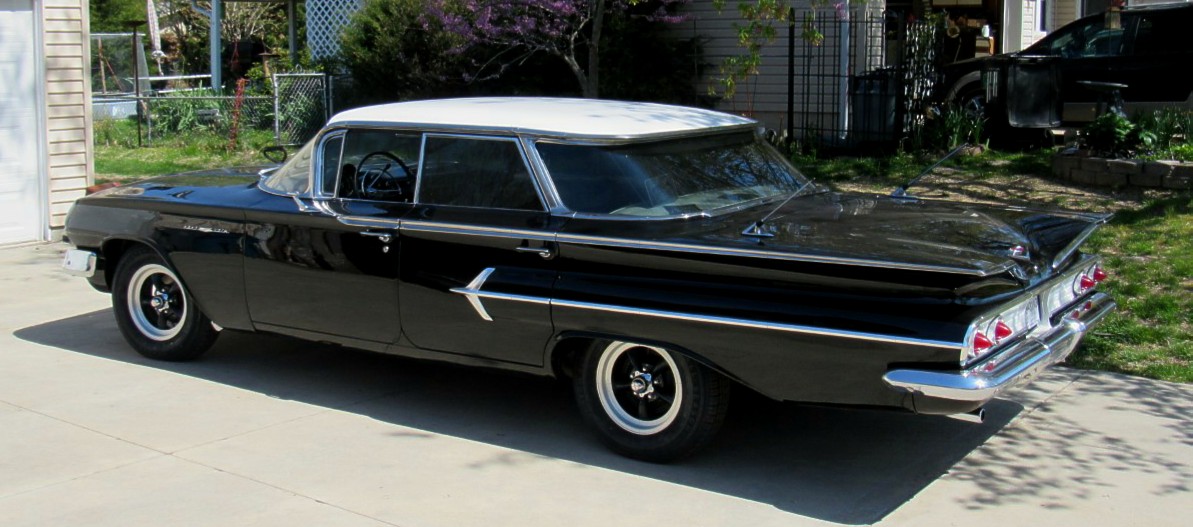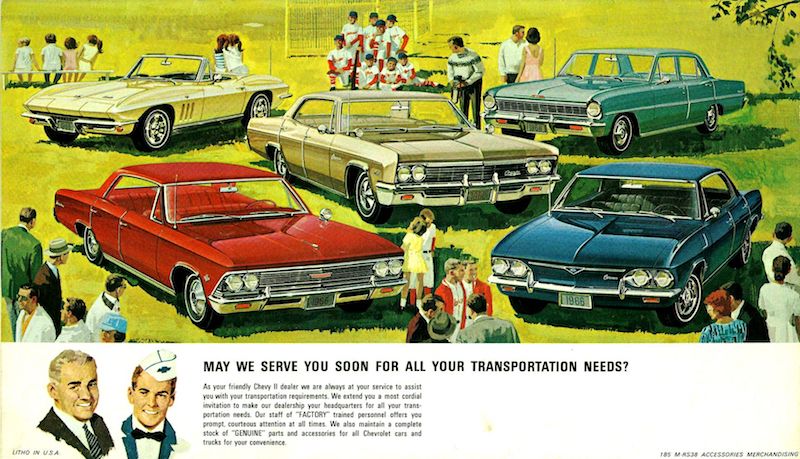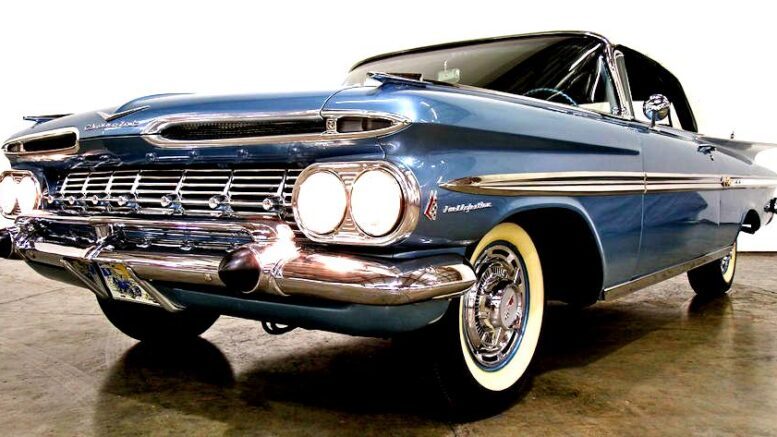We’re going to try and catch up a bit as my mailbox is overflowing! (And that’s good). Thanks to my readers for being loyal.
3-Wheel truck built in Frackville, Pa.
Q: Greg I read your column every week in several central Pennsylvania newspapers including Pottsville, Bloomsburg, and Shamokin. After reading your column about the WWII tanks built in Berwick, I’m wondering if you recall a 3-wheel little pickup truck called the “Roustabout” TRIVAN that was built in Frackville, Pa.? Thanks for all your interesting columns on vehicles from the past. Richard Fritz, Ashland, Pa.
A: Richard, I admit I never heard of the Roustabout. Thanks to the info you gave me, I did find several websites and found that only 137 were ever built, making it a very rare little truck. Not surprisingly, the Roustabout has some serious collectors and more than half of them have survived.
Manufacturing started in 1962 by the Roustabout Company in Frackville, and the official name of “TRIVAN” could be found on the vehicle’s front and rear. And yes, it was indeed a 3-wheel pickup with a fully enclosed cab for two people and rated as half-ton capable with a 2-cylinder, 32-horse engine. Although Roustabout was in negotiations with the U.S. Postal service for a contract to supply them with vehicles, the contract did not materialize and production of the TRIVAN stopped in June 1963.

The Roustabout “TRIVAN” 3-wheel pickup was built in Frackville, Pa. in 1962 and 1963. It was rated as a half-ton pickup featuring a 32-horse, 2-cylinder engine. After a postal contract fell through, the company filed for bankruptcy in November of 1963. (Former Roustabout Company)
Unfortunately the Roustabout Company filed for bankruptcy in November of 1963 as the Jeep DJ (Dispatcher Jeep) was still the USPS vehicle of choice. The Jeep had both 2-wheel drive and then later 4×4 mechanicals, a sliding door and right-hand drive steering that made mail delivery easy. Use of the Jeep DJ, built in Montgomery, Pa., began in the early 1950’s and lasted until Grumman won a new contract with its long-life vehicle in 1986. Although the Roustabout had rear drive mechanicals on its single wheel, it probably would have been a decent warm weather state USPS delivery vehicle and more economical to operate over and above the Jeep.
Very Rare 1960 BelAir Sport Sedan
Q: Greg I’m hoping that you can shed some light on the relative scarcity of a vehicle that I recently purchased. I had been looking for a nice 1960 Impala Sport Sedan 4-door hardtop and stumbled across a BelAir 4-door hardtop in Texas. It was nice and solid, reasonably sound, mechanically, priced attractively, and had a good inspection report. So I purchased it and had it transported from Texas to Illinois. It was originally equipped with a 348 with a Powerglide transmission but now has a 350-V8 with a 700R4 automatic and is still in its original black and white colors.

Reader Jack Hickman is sitting on an extremely rare 1960 Chevrolet BelAir 4-door Sport Sedan. Most of the Sport Sedans were Impalas, but this BelAir could be either one of one, or one of very few produced. (Hickman Collection)
So far I haven’t found any cancer or bondo anywhere. The more I look into the production numbers for 1960 the more I’m inclined to think that this is an extremely rare vehicle. I haven’t been able to find any exact production numbers beyond 1,148 Sport Sedan’s being produced in 1960, which is 6.8% of all Chevrolets made. As far as I can tell, Chevrolet combined Impala and BelAir Sport Sedan production into a single number.
In all of my research this is the only BelAir Sport Sedan that I’ve uncovered, with all other Sport Sedans being Impalas. I’ve queried various organizations and they haven’t been able to clarify things beyond “it’s really rare.” Would you have any information on this or be able to offer any suggestions on a source? Sincerely, Jack Hickman, Fairview Heights, Illinois.
A: Jack, I wish I had some additional information, but I ran into the same brick walls trying to decipher how many of the Sport Sedans were BelAirs in ’60. However, everyone I’ve spoken to is in agreement that you are sitting on one very rare 1960 BelAir. In all my years, I’ve never seen one in person anywhere.
Take good care of your rare beauty! It just might be the only one around and especially in such beautiful condition. There might have been a few more built, but I’m in your corner when it comes to “really, really rare.”
Fuel injection available in ’59 full-size Chevrolets
Q: Hi Greg! I just bought, and I’ve already devoured, the “Winter 2022” issue of “Cars of the 50’s” in Auto Round-Up Magazine. (Author note: Same articles as my newspaper columns.) In it is your excellent article about “1957 Tri-Power, Fuel Injection & A Fast Rambler Rebel.”
I like your style of writing and your attention to detail. It’s very informative and very interesting. And, you are always almost 100% right in what you write.
However, on page 76 of the hardcopy magazine issue, you said in talking about Chevy’s fuel injection option, “…after eliminating the fuel injection option from its small block powered full size cars at the end of the 1958 model year.” You are off by one year; fuel injection remained an option in full size Chevys until the end of the 1959 model year.
I wonder if there are any known numbers of full-size 1959 Chevys, which received the fuel injection engine from the factory? I wouldn’t be surprised if it was only a relative handful each year.
Thanks again, Greg, for being a great writer! Phil Brown, Somersworth, New Hampshire.
A: Phil, thanks for your compliments and you are correct on the fuel injection option. In 1959 the Ram Jet Rochester fuel injection unit was available on the full-size Chevrolets ala the Corvette inspired 283-V8. You are also correct as to its being very rare, as I’ve tracked down that only 26 full-size Chevys were ever built and delivered with the fuel injection option. Counting the Corvette, a total of 578 283-V8 fuel injected engines were built that year, with two renderings available in 250-horse hydraulic cam dress and a more aggressive 290-horse solid-lifter cam version.
Tubeless tires and disc brakes
Q: Greg, your “Automotive Firsts” feature is fascinating for a lot of readers. A lot of good research, there, my friend.
I was just thinking about disk brakes, and it seems as though they first appeared on foreign cars, especially Mercedes and the American small car Crosley you mentioned before they showed up on the large, front-heavy cars like Olds Toronado and Caddy Eldorado in the mid 1960s.

BF Goodrich developed the first successful tubeless tire in 1947 and following grueling successful testing, Goodrich won patents in 1952 for the tire’s various features. Within three years, the tubeless tire became standard on most new automobiles. According to an article in The New York Times in December of 1954, “If the results of tests – prove valid in general use, the owner of a 1955 automobile can count on at least 25 percent more mileage, easier tire changing if he gets caught on a lonely road with a leaky tire, and almost no blowouts.” (BF Goodrich)
Regarding tires, I can still see my father applying a patch to the tube (after gluing), and being careful not to “pinch” the tube when putting it back in the tire. No wonder he used to carry two full-size spares in the trunk.
My father said that on a long weekend trip such as Philadelphia to Delaware Water Gap and return, you could expect a blowout with those cotton-cord tires from the 1930s and early 1940s. The intro of fiberglass belted tires was an improvement, until the even better steel-belted (radial) tires came along.
Segueing back to the tires, I am surprised that tubeless tires were not offered earlier than was the case. Maybe this was another instance where European technology was the first horse out of the gate.
Guy Pell, Shamokin, Pa.
A: Guy, thanks for the good info on the numerous tires, from tubeless to those fiberglass and steel belted applications.
I remember the tubes, too. They were all too commonplace back then, yet as you mention a very necessary safeguard when making those long trips. Successful tubeless tires date back to 1947 by the B.F. Goodrich Company in Akron, Ohio. Although you are correct about European influence, as Great Britain’s Killen Tire applied for a tubeless tire patent in 1928 and was granted a patent in 1930. But these tires were commercial failures and abandoned following too many blowout problems.
Thanks for your letter. As for those Olds Toronado and Cadillac Eldorado models back in 1966 and 1967, respectfully, they sure needed those big disc brakes, as both were heavy, front-drive applications.
’66 Nova with a ‘3-on-the-tree’
Q: Hey Greg, I had 66 Nova, non-SS, 2 door hardtop, that had a 3-speed on the column transmission. It was a factory L79 that l bought from Lawrence Auto, Lawrence Inc. (Chevy dealer) in the summer of 1966. Just was reading your article on the “Top-5 Chevy Performance Cars.” Great article. Dave Worsham, Indiana.

In 1966, the Chevy II almost got lost in this ad for the Chevy family of vehicles. However, muscle car enthusiasts knew that a Chevy II with the L79 V8 option was an easy choice, and capable of outrunning the new Chevelle SS396 with the 325 horse engine. Reader Dave Worsham from Indiana has a very rare ‘66 Deuce with a “3-on-the-tree” instead of the usual M21 Muncie 4-speed. (Chevrolet)
A: Dave, thanks for sharing! A non-SS “3-on-the-tree” coupled to a powerful L79 option is something you don’t see much. The L79 was a Corvette 327 V8 option usually mated to the M21 Muncie 4-speed. It developed 350 horsepower in ‘65, but the exact same ’66 version was down rated to 325 horses as to not negatively affect sales of the new SS396 big block Chevelle, which was rated at 325, 360, and 375 horses.
Thanks for the kind words and I loved the ‘66 Nova, as my friend had an L79 Nova SS with a 4-speed (of course). However, your Deuce was a really rare vehicle for sure. Of course I’m sure you wish you still owned it, as we all made mistakes like that back then.
(Greg Zyla is a syndicated auto columnist who welcomes reader questions and comments on auto nostalgia and collector cars. Reach him at greg@gregzyla.com or snail mail at 303 Roosevelt St., Sayre, Pa. 18840.)



Be the first to comment on "Cars We Remember / Collector Car Corner; This ‘n That: Catching up with an overflowing mailbox"